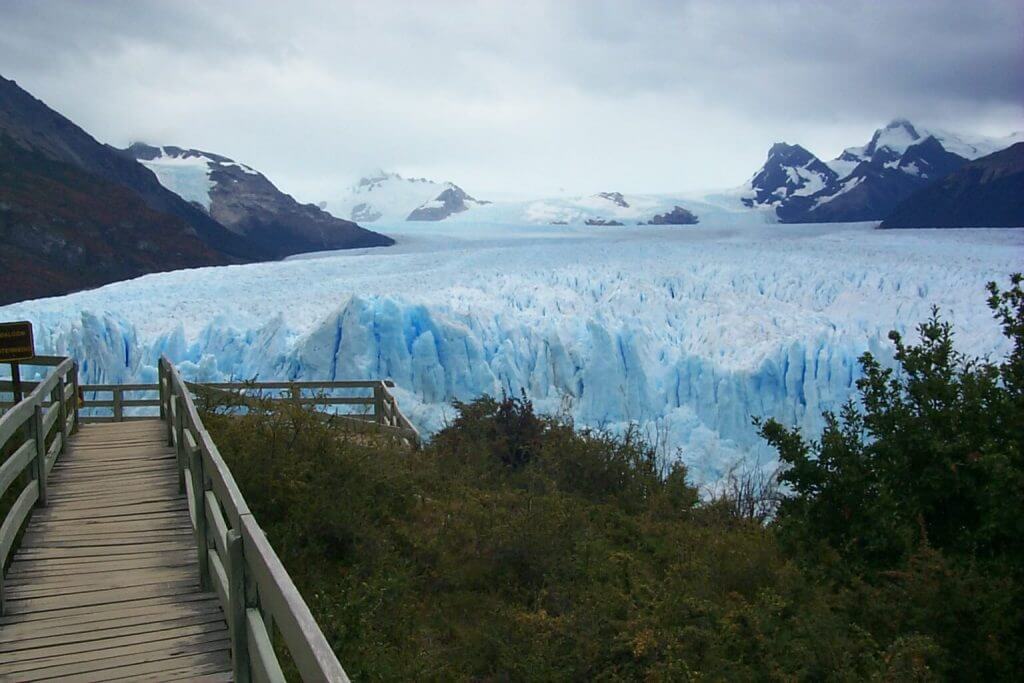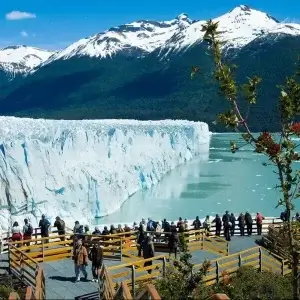Tipos de Pacotes
DESTINOS
Viva a experiência de viajar para a Patagônia!
monte seu pacote personalizado
Suas férias valem muito!
Faça a sua viagem com a segurança de quem é especialista no destino.
Há 15 anos no mercado do turismo, nos orgulhamos em ter uma equipe especializada no destino Patagônia, oferecendo os melhores roteiros e atividades para a região.
Clique no botão abaixo e solicite um pacote personalizado para você.


RECEBA O GUIA GELADO DE USHUAIA GRATUITAMENTE
Cadastre-se para receber o e-book de Ushuaia e conhecer os principais passeios, pacotes e outros destinos da Patagônia Argentina.
Sobre nós
A Patagônia Trips é o setor especializado em viagens para a Patagônia Argentina e Chilena do Grupo RZ Turismo.
Nossos agentes de viagens são especialistas no destino Patagônia, desde 2006 oferecemos os melhores roteiros e atividades para ajudar você a realizar esta viagem incrível.
Temos orgulho em dizer que somos a agência brasileira especialista em Patagônia e que mais de 10 mil pessoas já viajaram conosco.
O que nossos clientes estão dizendo
Veja as vantagens de ter um atendimento personalizado com uma agência especialista no destino
Perguntas Frequentes
O que fazer na cidade de El Calafate?
Onde fica a Patagônia?
Por que Ushuaia é conhecida como a cidade do Fim do Mundo?
Quando neva na Patagônia?
Quantos dias ficar em Ushuaia e El Calafate?
Tem outras dúvidas?
Fale com um especialista
Porto Alegre: (51) 2797 0434
Florianópolis: (48) 3380 9429
São Paulo: (11) 4063 3940
Rio de Janeiro: (21) 4063 5153
Curitiba: (41) 4063 9644



























